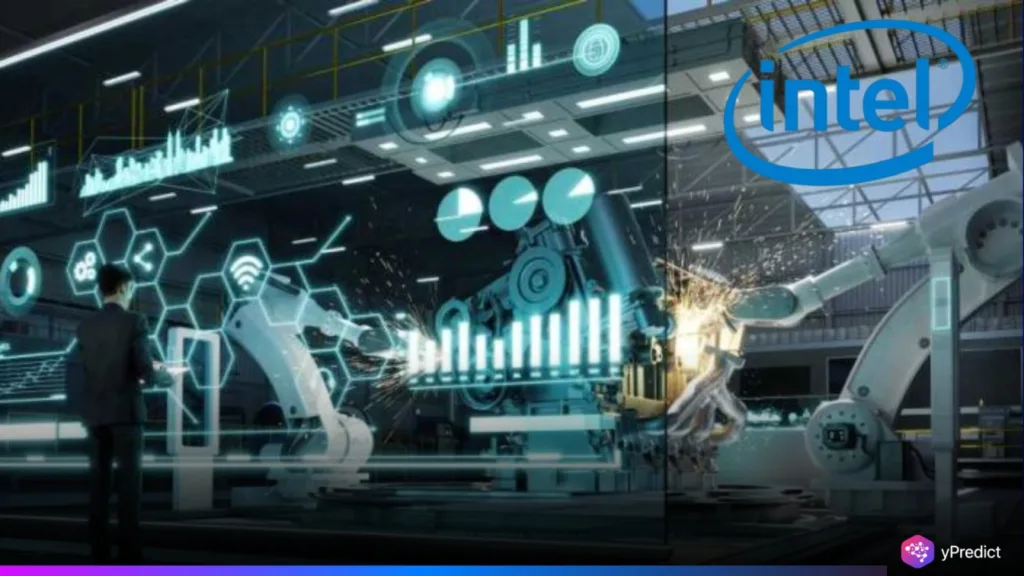
RealSense officially spun out from Intel with a new $50 million investment to become an independent company and player in the hot AI Vision market. The emergence of RealSense as a stand-alone player comes at a time when there is an explosive demand for intelligent vision systems in autonomous mobile robots (AMRs) and biometrics, which is changing the dynamic of robotics worldwide. Backed by robust traction in edge AI, the RealSense spinout aims to redefine Intel’s legacy in a sector where the parent company has struggled to maintain AI leadership.
$50M Intel Investment Backs Independent Future
Intel’s $50 million funding signals more than financial support—it reflects a tactical decision to allow RealSense to operate independently while still benefiting from Intel’s ecosystem. The funding will enable RealSense to scale its advanced stereo vision technology, which currently powers 60% of AMRs and humanoid robots globally. This form of AI Vision offers real-time spatial understanding, making it more adaptable than LiDAR in dynamic environments. The spinout positions RealSense as an agile entity in a fast-evolving robotics market, which is projected to grow from $50 billion to over $200 billion by 2031.
Intel’s divestiture of RealSense represents an initiative to reclaim market share in AI without it feeling the organizational pressure of having to execute directly. It is consistent with Intel’s larger strategic pivot, particularly in an high-stakes environment where other leading tech-oriented companies, such as Nvidia, is dramatically taking market share away from Intel in this technology area.
AI Vision Technology Outpaces Legacy LiDAR
RealSense’s core offering—its AI Vision depth cameras—has emerged as a favored alternative to traditional LiDAR systems. With high-resolution stereo vision capabilities, these cameras offer scalable edge processing that integrates seamlessly with x86 architecture, which remains central to Intel’s chip design. According to internal RealSense Robotics data, their vision solutions show superior adaptability in cluttered, fast-moving environments, especially in autonomous robotics and facial authentication systems.
The spinout gives RealSense room to double down on AI-specific innovations. Unlike LiDAR, which primarily focuses on distance measurement, AI Vision incorporates contextual spatial analysis and object recognition at the edge. This distinction makes RealSense more relevant for real-world robotics deployment, where hardware must interpret visual data locally and instantly.
Intel Retreats, RealSense Advances
The RealSense spinout also spotlights Intel’s recent stumbles in the AI domain. Facing a staggering $16 billion loss and growing pressure from investors, Intel’s leadership openly acknowledged its lag behind rivals such as Nvidia. In that context, allowing RealSense to operate autonomously appears to be a tactical retreat rather than a surrender. CEO Pat Gelsinger’s strategy to unlock AI growth through smaller, focused units now includes letting go of AI vision hardware into more agile structures.
Intel’s willingness to decentralize innovation may reflect a broader shift from a monolithic model to one that supports niche AI applications through specialized spinouts. RealSense now becomes the test case for this decentralization effort, especially given its existing dominance in embedded robotics and AI vision tools already on the market.
Market Response and AI-First Trajectory
The industry response to the spinout is considerable! Investors and robotics developers alike view Ian, Emory, and the RealSense team as doing the right thing, allowing for product development to move quicker through more tightly integrated hardware and software, and – importantly – no more delayed centralized processing where performance is bottlenecking real-world autonomous systems. Everything looks to be heading in the right direction.
With fresh capital and a smaller focus, RealSense can chart its roadmap toward the next generation of AI use cases, including precision robotics, facial recognition, and human-computer interaction. These activities are most effective when they can leverage real-time vision inference, contextual understanding, and low latency – areas where RealSense has a technical edge. The investment allows it to benefit indirectly if RealSense succeeds in outpacing competitors in AI-driven vision.






